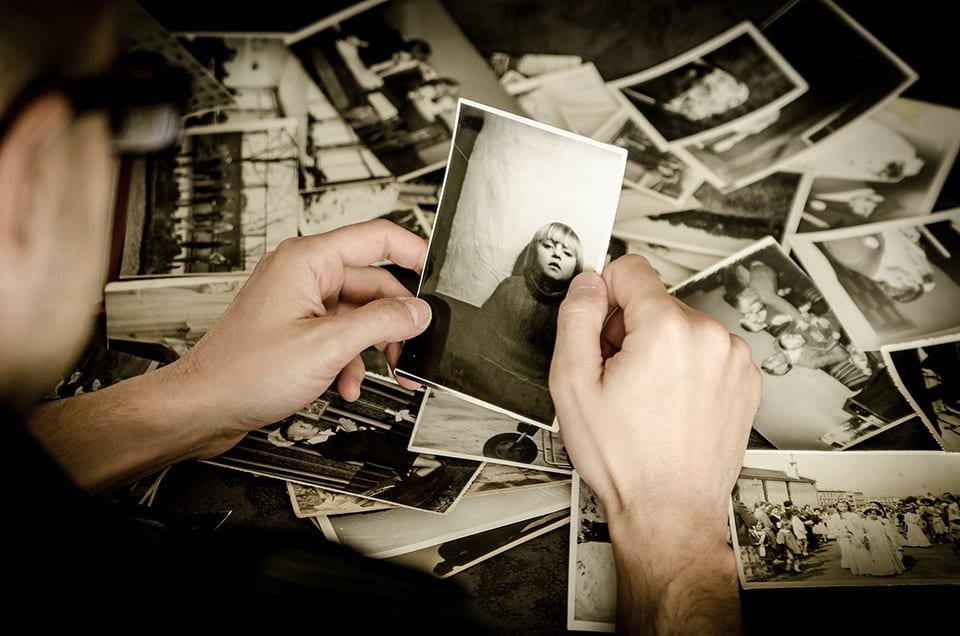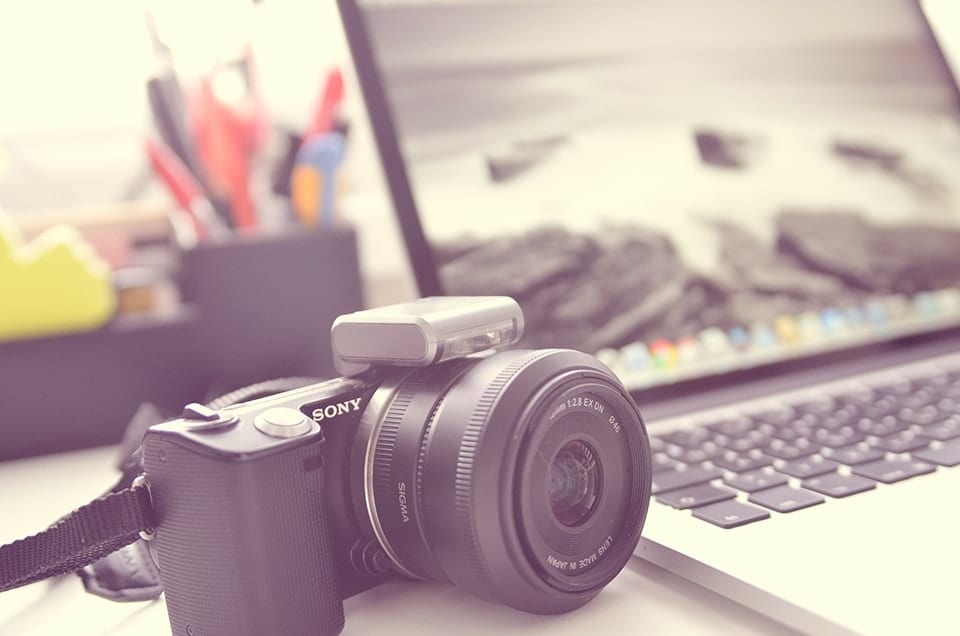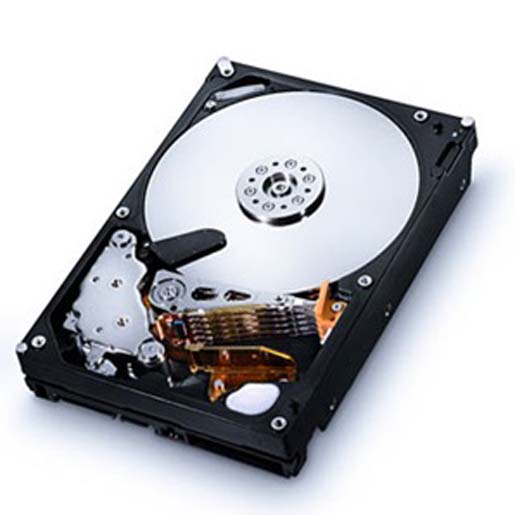by Wendy Dessler

Everyone looks back fondly on the past and the memories they have made with friends, family, and others. While memories are great, there are some things we might eventually forget or might become a little cloudy in our minds. As a result, many of us cherish the pictures from our childhood or the ones taken as we were growing up.
Unfortunately, many photographs will fade and deteriorate over time. Even if they don’t, the photo itself will likely become damaged or bent. It can be heartbreaking to lose old photos, which sometimes might be your only keepsakes of a specific person or time. Thankfully, there are some ways to store these old photos and preserve the memories. This article is going to take a look at a few of them.
Digitize Them
One of the best ways to keep old photos safe and secure, no matter what, is to digitize them. This essentially means scanning the old photos into digital versions to keep them from getting bent, wrecked, or lost. These can then be kept on a computer, or used in digital photo albums or in a variety of other ways. They will not fade over time and will be easy to store, organize, and search through.
While this might seem cumbersome if you have a large collection, companies like EverPresent specialize in the digitization of photos and can help. They use high-quality equipment to make sure that your photos look as good as ever. Instead of them residing in old boxes or photo albums, they can sit safely on high-quality storage drives, and look good for years to come and be viewed in seconds.

Keep Them in a Dark Place
If you don’t want to digitize your photos, it is important to keep them in a dark place. The reason for this is because that light can lead to photos fading quickly. Light can alter and affect the chemicals in photos, thus changing how they look. The ink is often light-absorbing, so when light is absorbed into the photo, the chemical bond of the dye in the photos will break down, and thus the colors will fade.
While it might not be possible to have a room be completely dark all of the time, you could store them in a box or folder that is tucked away and safe from the light. Also, when storing photographs, it is a good idea to make sure they can stay flat. This will keep them in the best condition possible and limit their ability to bend.
The Room Should Have Temperature and Moisture Control
While the room should be dark, not any dark room will do. The room should also have limited moisture and be a cooler room. Moisture, whether it from flooding/water or even just humidity, can damage your prints. As a result, you should avoid keeping photos in a basement in most cases. As for temperature, excessive heat (generally over 75 degrees), can lead to discoloration in your photos.
The cooler and drier the room, the better your photos will be preserved over time in most cases. In addition, it’s also a good idea to store the pictures in a room with a bit of ventilation. The circulating air can prevent mold and other substances that could hurt the quality of the photo.
In conclusion, we hope that this article has been able to help you learn some great ways to store, protect, and preserve your old photos and the memories associated with them. If you have any additional thoughts of your own to add, let us know in the comments section below!









Absolutely
Do you have any information on a technique using a DSLR and a slide copying attachment to digitize color Kodachromes?
Thank you for this quick summary on the preservation of photographic materials. If anyone is interested in a more in-depth look into photograph preservation, conservation, and digitization, then I would recommend investigating this preservation leaflet: https://www.nedcc.org/free-resources/preservation-leaflets/5.-photographs/5.3-care-of-photographs.
https://www.nedcc.org/free-resources/preservation-leaflets/overview
I have my family’s entire collection of old photos, and here’s two comments based on my experience:
Never part with the originals: digital storage is volatile and over time individual files just go blank, and external drives malfunction.
Don’t trust the Cloud … all my old email disappeared already. Servers crash just like anything else.
If your old photos are stuck together, don’t peel them apart or you damage the emulsion layer irreparably. Soak them in clean, room temperature water and eventually they’ll slide apart with minimal agitation. Hang to dry.
Digitization doesn’t require a scanner – just photograph the old prints, or use a slide copying rig to digitize film originals – if you have some photo manipulation software, you can take the time to improve them and even make new, better prints.
Of course this is true, but the software that comes with the scanner usually includes the ability to automatically restore faded colors, remove red-eye and scratches and dust spots. Can you do that manually in Photoshop et al after just snapping a shot of the picture or slide? Sure, but the project will take you at least 10 times longer to achieve the same results.
If you are dealing with 100 images, that’s probably no big deal. If you’re dealing with 10,000 images, it makes a difference.
Thanks for the great article! I was just thinking about this a few weeks ago, this helped a lot!
Certainly digitizing old photos is a worthy effort, particularly since metadata can be applied to the image files so they subsequently can be searched (“find all pictures with Grandma Mary in them” – assuming facial recognition is part of the metadata set).
But there is still a danger with digital – the fact that it is ephemeral in nature. After all, in 10 (whatever) years what will be the equivalent of a Jaz disk or Betamax tape? Sure, the knee-jerk response of “well just keep copying the digital files to the latest and greatest medium/cloud (and of course cloud providers NEVER go under!) but the reality is that having some kind of hard copy is very helpful.
The good news is that nowadays there are many options out there where one can create photo books to share with family and friends (“An Album of photos with Grandma Mary in them”) that do not require machinery or, indeed, electricity, to view and share.
So yes, scan old prints and slides (the Epson FF scanner is very good at the former, old Nikon Coolscan 4000’s are outstanding for the latter) but also think about making some photo books that might give pleasure to folks without all the tech.
Photobooks are wonderful, thoughtful gifts, but in my experience it’s incredibly hard to create something another person will love. I’ve had so many people show me ones they’ve been given, and been on the receiving end of the criticisms they’d never voice to the people who spent a bundle to have them made. Rather than a surprise, it might work better to make them together. People sometimes dislike seeing too many pix of themselves, and the primary content is often just snapshot after snapshot of sameness, different groups smiling awkwardly at the camera. Spice things up with closeups, amusing candids, appealing pets, exteriors of where things happened, flowers, garden bounty … practically anything. Just changing the size and shape of pix, or even overlapping corners can help make the page-turning more interesting. Labeling is key — who, where, when. People think they’ll never forget these details, but they do.